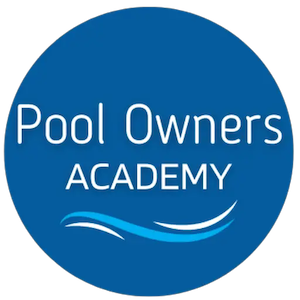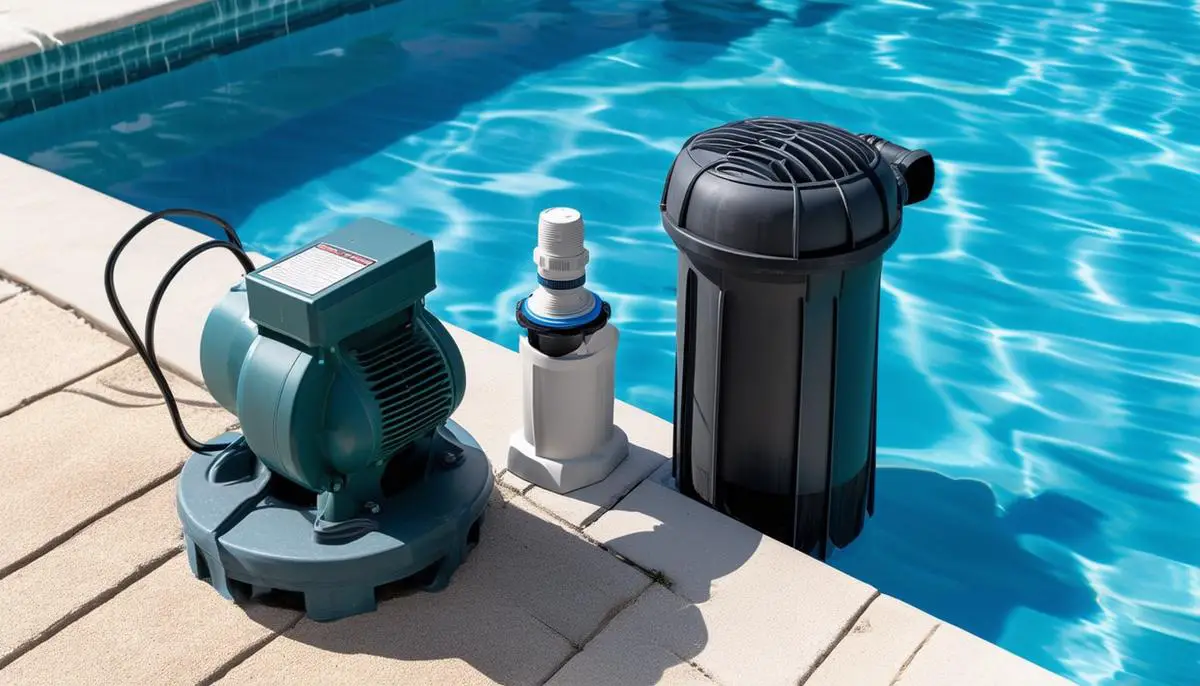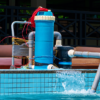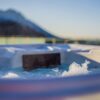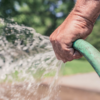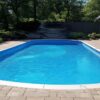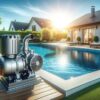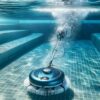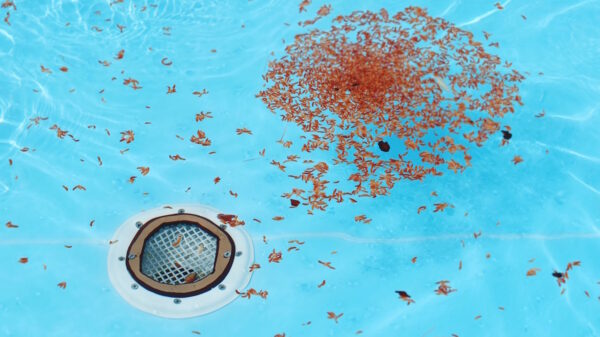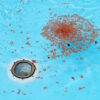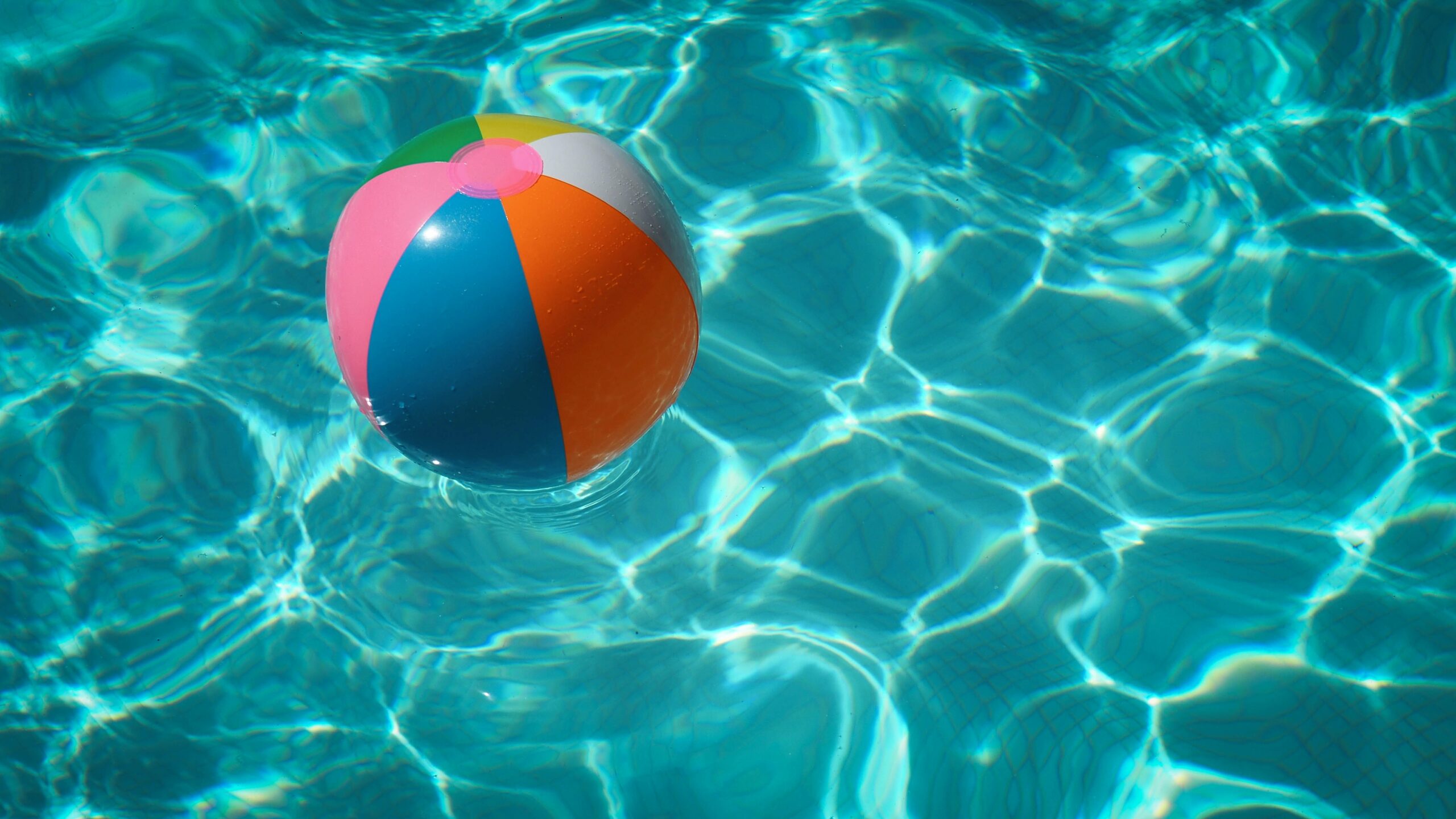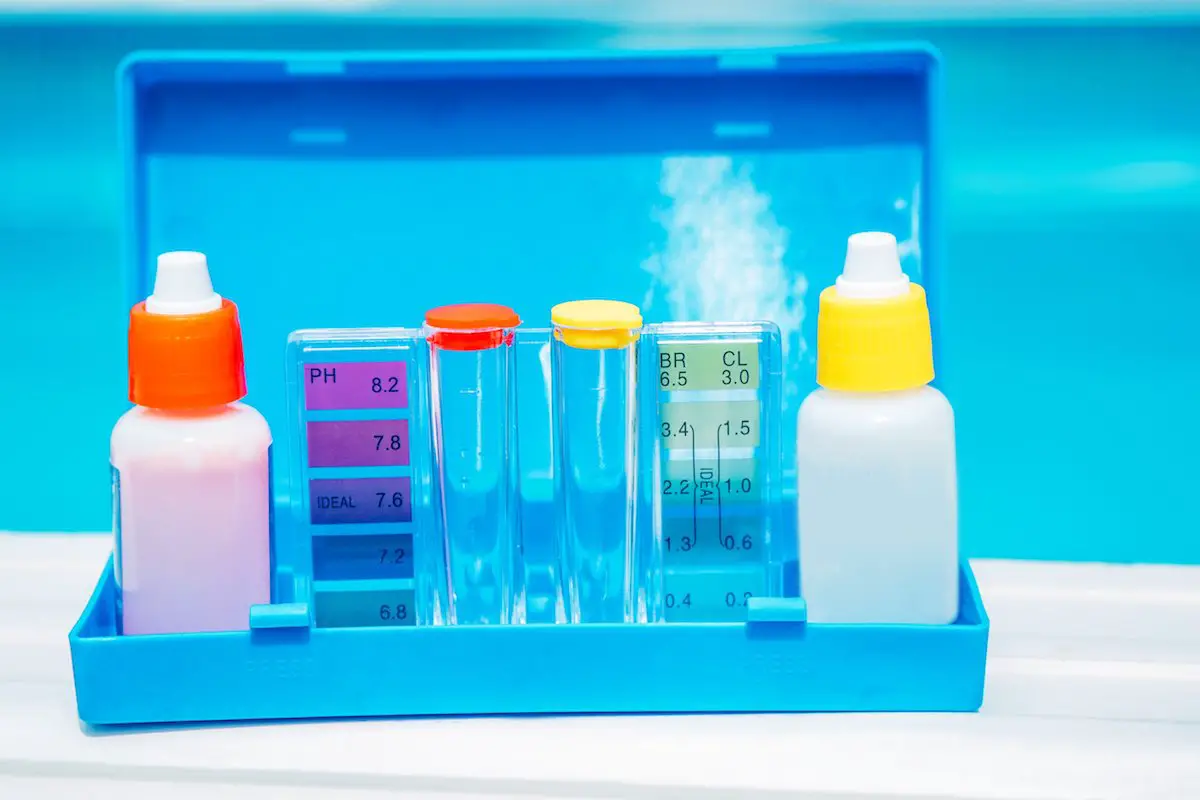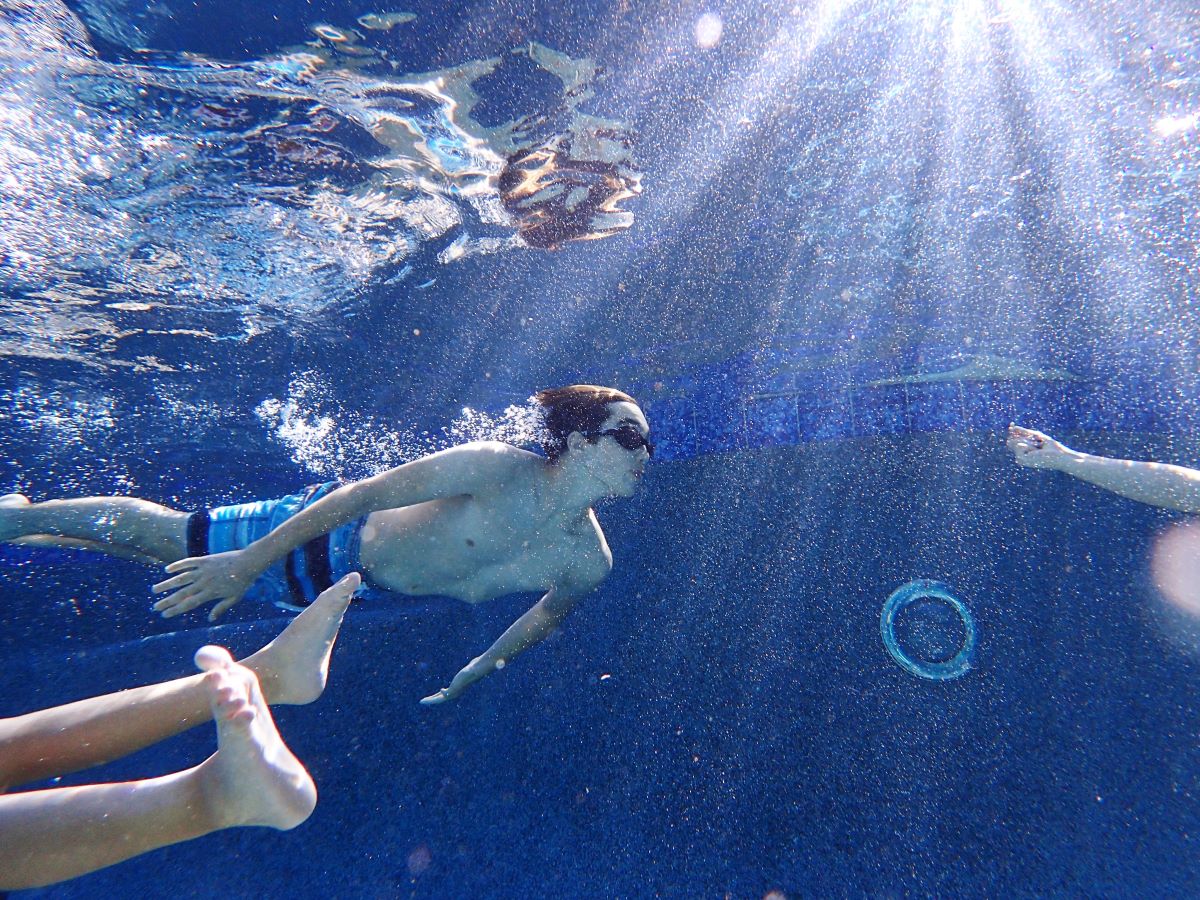Pool Pump vs Filter
Functionality of Pool Pumps
Pool pumps work as the heart of your pool’s circulation system, drawing water from the pool to pass through the filter. These devices consist of a pump basket, an impeller, and a water discharge point. The pump basket serves as the first line of defense, capturing large debris and leaves. The impeller, powered by the pump’s motor, propels water through the system towards the filter.
Water travels from the impeller to the filter through a discharge point. Here, lingering contaminants are trapped and removed by the pool filter. This collaboration between the pump and filter is essential for maintaining clean pool water.
Maintaining optimal pump function involves routine checks and cleaning of both the pump basket and the impeller. This ensures that debris does not hinder their operation and that water can flow freely. Regular assessment of pump performance also helps identify when components, like the impeller, might need repair or replacement.
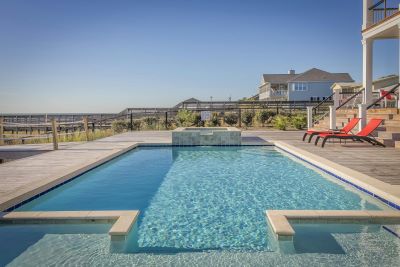
Role of Pool Filters
Cartridge filters utilize a fine porous material to screen out contaminants from the water. These filters contain pleated polyester cartridges that trap particles as small as 10 microns. Homeowners find this type favorable for its ease of maintenance—cartridges need to be removed and washed with a hose periodically and replaced every few years.
Sand filters operate via depth filtration. Water is pushed through a bed of sand which captures and holds particulate matter. During backwashing, water flows inversely, lifting trapped debris out of the sand bed for removal. Sand typically requires replacement approximately every five years. These filters are well-suited for larger pools due to their ability to manage higher flow rates and larger volumes of water.
Diatomaceous earth (DE) filters are capable of filtering out particles as small as 2 to 5 microns. DE filters use fossilized remains of diatoms as the filter media. This powder coats the internal grid elements of the filter, trapping dirt and debris at a microscopic level. After backwashing, fresh DE must be added to replenish the filter media.
The choice between these filter types depends on the specific demands of your pool, factoring in size, environmental load, and your maintenance commitment. It’s crucial to properly size your filter to match the pump’s capacity and ensure efficient operation. All filters are designed to work with your pool’s pump, filtering out debris before returning clean water back to the pool.
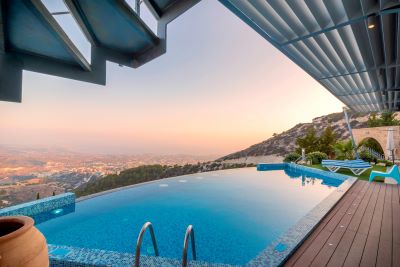
Maintenance and Efficiency Tips
Maintaining your pool’s pump and filter with regular care ensures efficient operation and extends their service life. For pool pumps, monthly checks and cleaning of the pump basket and impeller are effective. Remove and clear out debris from the pump basket weekly, or more frequently if you notice an accumulation. The impeller should be checked at least once a month by disassembling the pump housing.
Cartridge filters should be removed and rinsed with a strong stream of water from a garden hose every 4-6 weeks. Replace the cartridge every 1-2 years, or more frequently if you notice a decrease in water quality or flow rate. Sand filters require backwashing when the water pressure gauge rises 8-10 psi above normal operating pressure. Diatomaceous earth filters require similar attention; after backwashing, fresh DE powder must be added.
Regular upkeep helps to guard against wear and damage, preventing malfunctions that can lead to costly repairs or complete replacement. Efficient operation achieved through routine maintenance results in cleaner pool water and reduced strain on both pump and filter, conserving energy and minimizing operational costs.
By setting a regular schedule and adhering to recommended practices specific to your pool’s pump and filter type, you improve the quality of your pool water and optimize the overall functionality and lifespan of these essential pool components.
- Smith J. Pool Pump and Filter Maintenance Guide. PoolCare Magazine. 2022;5(2):15-22.
- Johnson R, Williams K. Optimizing Pool Filtration Systems for Energy Efficiency. J Pool Sci Technol. 2021;12(4):234-241.
